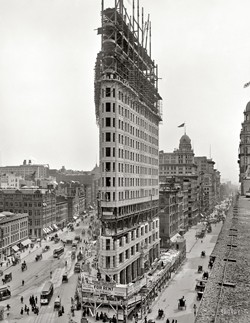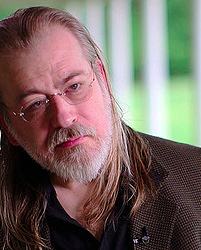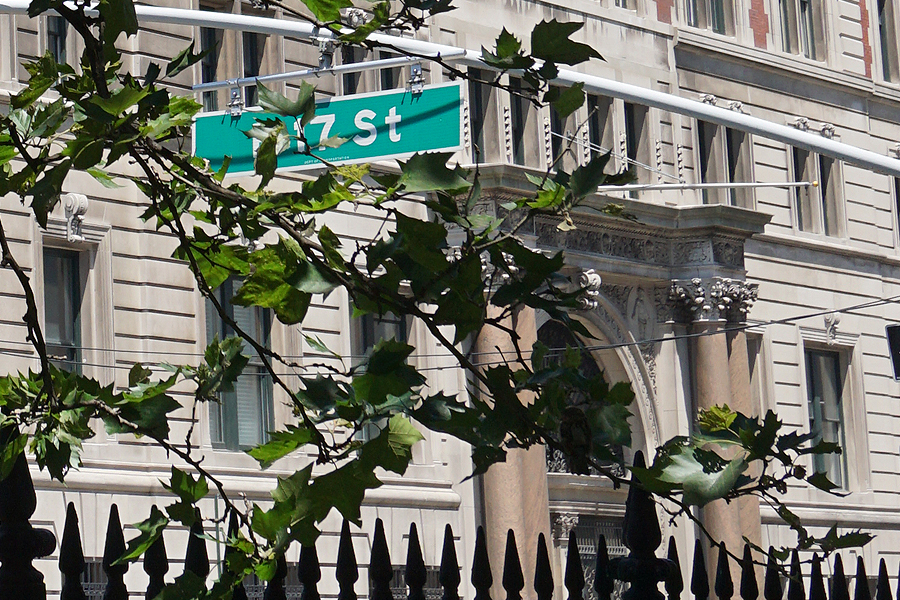Earlier this week, the NY Public Library Reader’s Den posted their discussion points of The Alienist’s Part I: Perception. As we follow along over the next two and a half weeks, I thought it I’d put up my responses to the discussion points here on the 17th Street blog. What do you think of my answers? Do you agree or disagree? Next week’s discussion points will relate to Part II: Association.
Do you believe the author succeeded in his aim of historical authenticity?
 No surprises here: absolutely. For several years now I have made a point of reading any and all historical crime fiction set in nineteenth century New York to find another book or author that I can unreservedly recommend to Alienist fans, but nine times out of ten I feel that they disappoint for precisely this reason. Personally, I think the key to historical authenticity lies in subtlety. Would a nineteenth century narrator really have explained or put emphasis on something that was simply part of daily life for them?
No surprises here: absolutely. For several years now I have made a point of reading any and all historical crime fiction set in nineteenth century New York to find another book or author that I can unreservedly recommend to Alienist fans, but nine times out of ten I feel that they disappoint for precisely this reason. Personally, I think the key to historical authenticity lies in subtlety. Would a nineteenth century narrator really have explained or put emphasis on something that was simply part of daily life for them?
Some critics have pointed out that Caleb Carr “tells” more than he “shows” at times during the Alienist books, but I would argue that he gets away with this by having his narrators ‘write’ their stories in retrospective for an intended audience in the early twentieth century. For example, buildings that had already been demolished or were simply part of the landscape by the late-1910s rather than being the new and exciting developments they had been in the 1890s could still be described in detail for such an audience. Importantly, Mr. Carr doesn’t “tell” for details that would still have been well-known for an early twentieth century audience, and this — to me — makes all the difference for creating a historically authentic piece.
As far as the books being historically accurate are concerned, there can be no question that this is the case. The books are impeccably researched. Little details that other authors occasionally get wrong can ruin the reading experience for someone as picky as me, but no matter how deep I go in checking the historical detail in these books, they’re always accurate. It’s always a relief when I re-read one of the books to know that I won’t be irritated by a reference to a piece of clothing or a building or even a psychological theory that is out of place for the time period the books are set in. The only other literature I can always be sure of finding that level of accuracy in are classics written during the nineteenth century, or in equally impeccably researched non-fiction works. Mr. Carr is a historian first and foremost, and it shows.
Do you think Kreizler’s “collecting” of people for his household is motivated by compassion? Or something more unsavory, like a P.T. Barnum of the psychological world?
The idea of Dr. Kreizler being “a P.T. Barnum of the psychological world” gave me a chuckle. No, I don’t see anything unsavory in how Cyrus, Stevie, and Mary came to be part of his household. Throughout both Alienist books, we are provided with perfectly reasonable explanations for how these characters ended up under the Doctor’s protection. In fact, during The Angel of Darkness we see that Dr. Kreizler has hired a Russian housekeeper who has no connection to his professional work, making it fairly clear that he doesn’t aim to compose his household of former patients.
Do the characters seem, as one reviewer put it, anachronistic?
I don’t see the characters as anachronistic either. Certainly, it’s clear that Mr. Carr took the opportunity to fill the investigative team with an unusually eclectic group to show as many different aspects of the New York experience during the late nineteenth century as possible, but it wasn’t an impossible collection of characters for the time period: Theodore Roosevelt did hire the first female police secretary, there were Jewish police officers at the time, and Dr. Kreizler would have had close contact with youths like Stevie and individuals like Cyrus and Mary through his work.




Are you reading others’ comments? How do you connect with the blog? I can see the blog but not the “discussion”. I only see how to apply for a library card, but I that seems to be for NYers.
A couple of things: 1) perhaps I should have been clearer and said that the Reader’s Den had put up their “discussion points” rather than “discussion” — I’ve edited the post to reflect this; 2) when I tried to post a comment on a previous entry, they held my comment for moderation for almost a full week, so even if anybody has tried to comment, it may not be appearing yet.
However, people are reading along, whether they’re following the blog / commenting or not. I’m not sure what the typical borrowing pattern for the book is at the NYPL, but all copies in all formats are currently checked out, and there were an unusually large number of holds when the Reader’s Den introduction post was put up last week (definitely 40+, but I actually think it was around 60 from memory) although things seem to have settled down now (15 holds across all formats at the moment). Still, not too bad for a 20 year old book.
Up to 60 holds? I’m sure a certain online retailer will mail it to you pronto for 1 penny, plus shipping. And it would probably be a nice clean copy, as opposed to the library’s likely tattered original from 20 years ago.
I can’t remember the exact number, but I do know that it was surprisingly high (to me, that is; as I said, I don’t know the typical borrowing pattern for the book). Then again, as it’s still attracting new and enthusiastic reviews every month over at that same online retailer, perhaps I shouldn’t have been surprised after all.